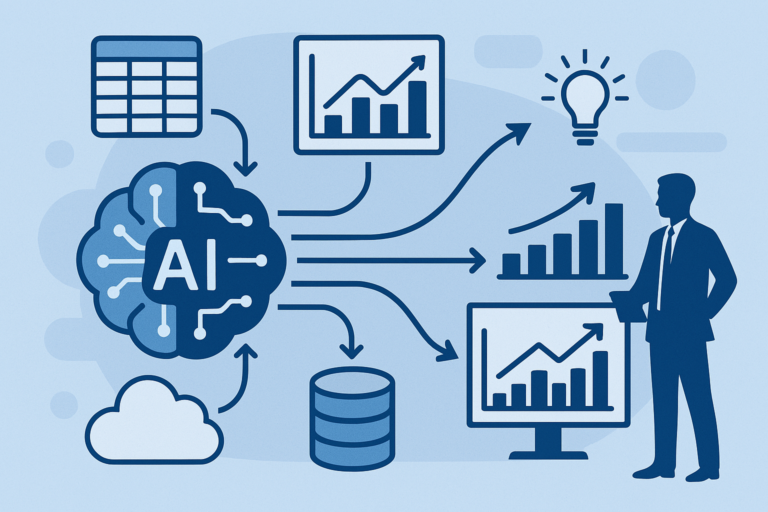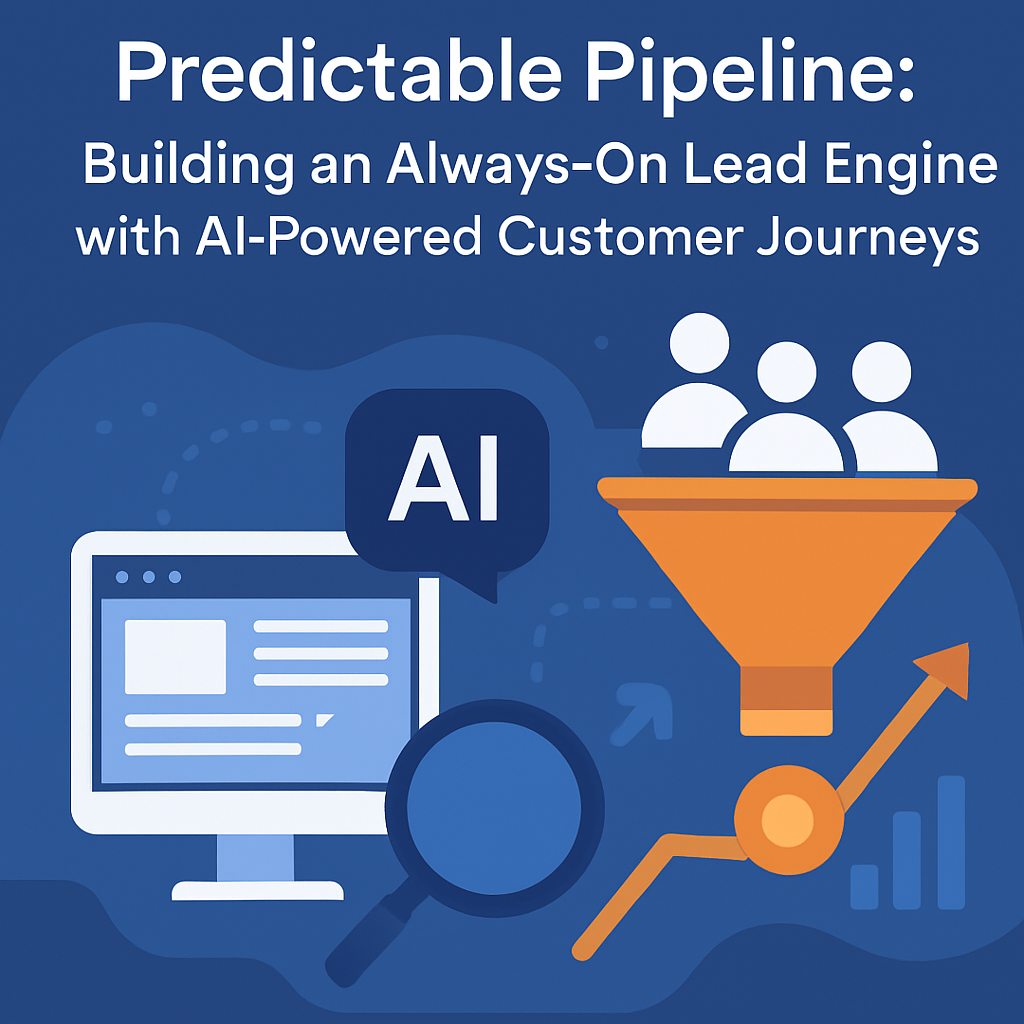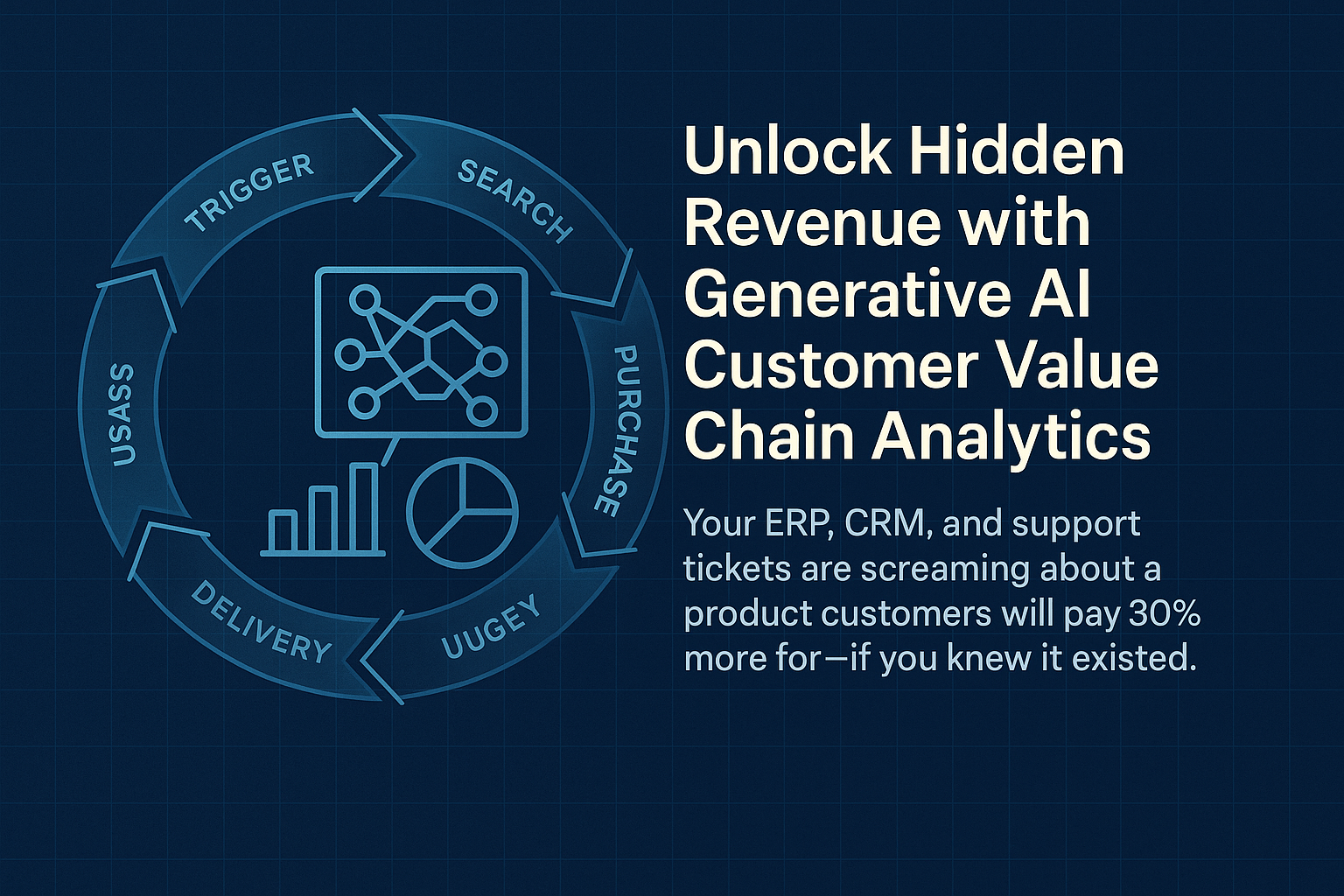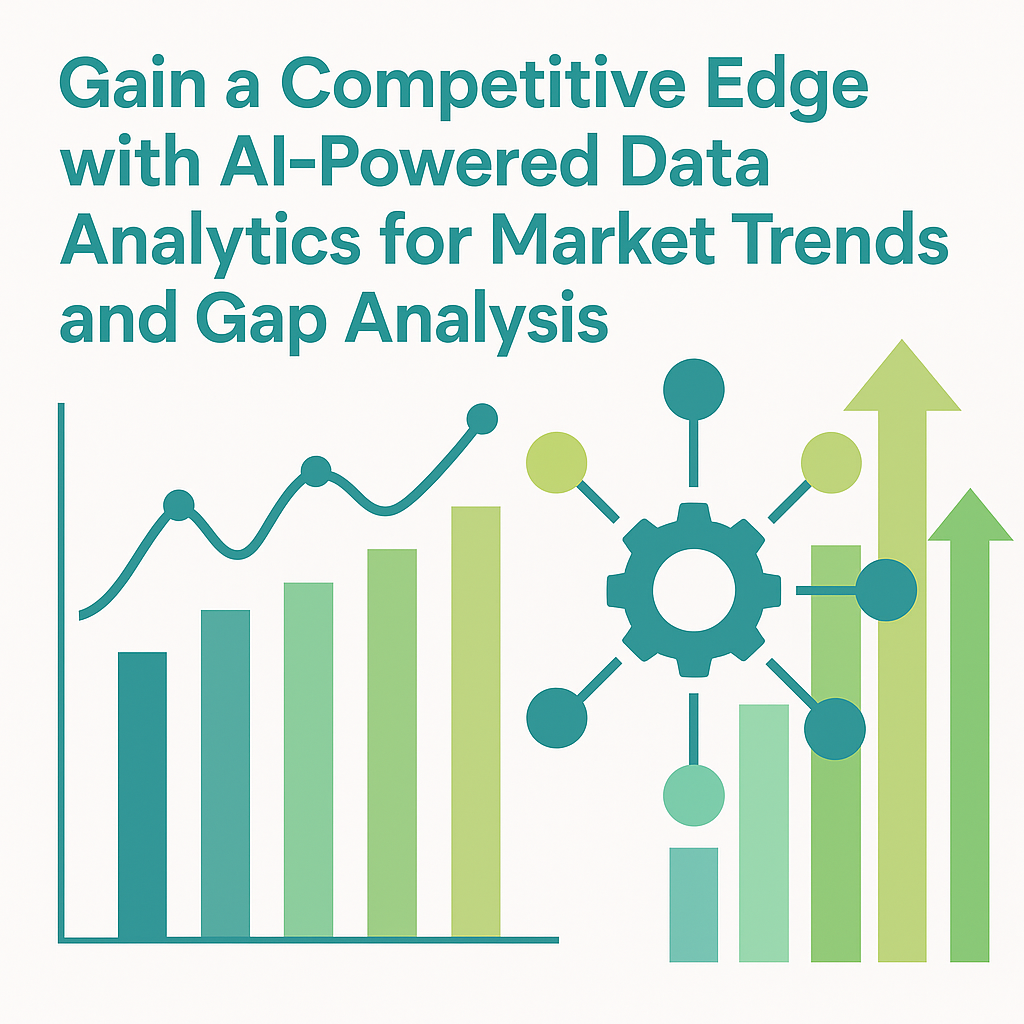In today’s digital business environment, speed and accuracy in collecting the right data often determine competitive advantage. That’s where AI automation for data gathering comes into play. Rather than relying on manual research or outdated methods, companies can now use intelligent systems to scan, collect, and organize massive amounts of relevant information from a variety of sources—faster, more accurately, and at scale. This shift accelerates how businesses identify trends, reduce research lag, and act decisively.
- From Reactive Research to Real-Time Discovery
- Enhancing Market Research and Analysis through AI Automation for Data Gathering
- Key Tools That Power AI Data Collection
- Types of Data You Can Gather with AI Automation
- Why Automating Data Gathering Matters for Growing Businesses
- Bring AI-Powered Data Gathering Into Your Workflow
Key Takeaways:
- AI automation transforms how data is gathered—across websites, sensors, apps, and social channels.
- Tools like web scrapers, RPA bots, and APIs eliminate manual data entry and speed up research cycles.
- Businesses benefit from higher-quality data at greater scale, without expanding teams.
- Automated systems power smarter, more informed decisions across departments.
AI automation for data gathering includes scraping web data, integrating APIs, monitoring digital behaviors, and capturing sensor data—transforming how organizations access insights in real time. Keep reading to discover the key tools, tactics, and techniques for automating data collection at your organization.
From Reactive Research to Real-Time Discovery
Manual data collection is not only time-consuming—it’s also susceptible to human error and scale limitations. Traditional methods like surveys, spreadsheets, or scanning competitor websites can’t keep up with today’s information velocity.
AI automation turns this reactive model into a real-time discovery process:
- Bots scrape millions of web pages for industry mentions, pricing changes, or customer feedback.
- APIs automatically pull structured data from CRMs, social media, and eCommerce platforms.
- NLP engines extract intent and meaning from unstructured text sources like reviews or forums.
Instead of teams chasing information, AI automation for data gathering enables systems to continuously collect and update it for them—keeping decision-makers equipped with the latest data.
Enhancing Market Research and Analysis through AI Automation for Data Gathering
Automating how data is collected is especially valuable for market research. AI tools can gather:
- Competitive Intelligence: Scrape competitor websites for pricing, product updates, and marketing shifts.
- Consumer Sentiment: Use NLP-based scraping to gather reviews, comments, and ratings from platforms like Reddit, Amazon, or Trustpilot.
- Trend Data: Monitor keywords and topics across blogs, social media, or news sites to detect early market signals.
Tools like Octoparse, Browse AI, Diffbot, and Scrapy offer scalable web scraping with pre-built templates or customizable agents. Meanwhile, platforms like RapidMiner or MonkeyLearn combine scraping with NLP and tagging to streamline sentiment extraction.
For internal business systems, robotic process automation (RPA) tools like UiPath and Automation Anywhere pull reports, analyze files, and enter data into your systems—all without human touchpoints.
Key Tools That Power AI Data Collection
Here’s a breakdown of the most widely used categories of AI automation for data gathering tools:
AI Web Scrapers
- ParseHub, Bright Data, WebHarvy: Crawl and extract structured data from any public webpage at scale.
APIs & Integration Platforms
- Zapier, Make, n8n.io: Can collect or take collected data and transfer it between apps and databases via AI-enhanced workflows.
Social Listening & Monitoring
- Brandwatch, Talkwalker, Sprout Social: Collect and analyze mentions, hashtags, and sentiment across platforms in real-time.
These tools allow businesses to set up recurring, rule-based automation for data collection—ensuring that nothing gets missed and no effort is wasted on repetitive tasks.
Types of Data You Can Gather with AI Automation
Thanks to AI, businesses can now automate the collection of a wide variety of data types:
- Behavioral: Website interactions, app usage, video views, page scrolling
- Transactional: Order history, invoices, CRM entries
- Text-Based: Customer reviews, social media posts, blogs
- Multimedia: Images, video, and audio transcriptions using AI tagging
- Environmental or Sensor Data: Location, temperature, pressure, motion
- Contact Data: Email addresses, job titles, LinkedIn profiles, and phone numbers collected via lead scraping tools or intent data platforms.
- Business Info Data: Company size, industry, revenue estimates, tech stack usage, and hiring trends sourced from public directories and B2B databases. Gathering sales data is extremely important.
These diverse data sets feed into dashboards or CRMs in real time, giving leadership a multidimensional view of the market, operations, and customer base.
Why Automating Data Gathering Matters for Growing Businesses
Small to mid-sized businesses are often resource-constrained. Hiring a team to manually gather, clean, and process data isn’t scalable. Here’s where AI automation for data gathering gives them an edge:
- Saves Time: Automates repetitive, manual research tasks which saves money in your business. Understand the ROI of AI
- Improves Accuracy: Reduces human error in data entry or scraping.
- Increases Volume: Gathers larger datasets from more sources simultaneously.
- Creates Real-Time Intelligence: Makes the latest insights available instantly.
- Enables Long-Term Trend Tracking: Systems like RSS feeds or API-based monitors can collect data on a specific topic (e.g., a business name or keyword) over months. Storing these outputs in structured formats, like spreadsheets, lets businesses analyze changes, detect patterns, and measure momentum over time.
Whether it’s identifying a pricing trend, detecting a product gap, or benchmarking competitors, automated data systems enable smarter, faster decisions.
Bring AI-Powered Data Gathering Into Your Workflow
At Inkyma, we work with mid-sized businesses to design and implement AI automation for data gathering systems. Whether you’re just getting started or looking to expand existing automation efforts, our consultants help align the right tools, platforms, and workflows to your goals.
Schedule a Strategy Session today to find out how we can build and manage your custom AI data automation stack—so your team can focus on growth, not grunt work.
What’s the difference between AI data gathering and traditional data scraping?
Traditional data scraping extracts information from websites using fixed rules or scripts. AI data gathering, on the other hand, uses machine learning and natural language processing to adapt to complex site structures, filter relevant content, and understand context. This allows AI to pull higher-quality data, even as websites change or evolve.
Can AI data gathering help with lead generation?
Yes, AI-powered tools can collect contact and business information from public sources like directories, LinkedIn, or company websites. These tools automate lead list creation, enrich CRM records, and even score leads based on relevance or behavior—saving sales teams hours of manual research each week.
Is it legal to use AI for web data gathering?
It depends on how and where data is gathered. Publicly available data can often be collected legally, but businesses must respect terms of service, data privacy laws (like GDPR or CCPA), and ethical standards. AI tools often include controls to ensure compliant scraping practices, and it’s recommended to consult with legal advisors when scaling data collection efforts.












